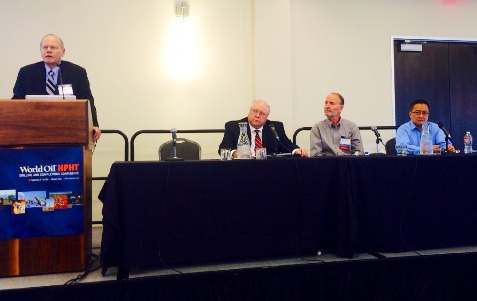HPHT 2014: Industry could be jeopardizing its own work
HPHT 2014: Industry could be jeopardizing its own work
ROGER JORDAN, Associate Editor
HOUSTON – The oil industry risks hamstringing its own research in its headlong rush to develop new technologies for the push into ever harsher subsurface conditions, World Oil’s ninth annual HPHT Drilling and Completions conference heard.
The Macondo incident ushered in an age of increased regulatory scrutiny. And with HPHT wells requiring the development of new technologies capable of withstanding extreme pressures and temperatures, regulators are keen to see that it is done safely.
Speaking in a panel session on the opening day of the conference, Gregory Walz, Senior Drilling Engineering Advisor, Anadarko, warned that some of the equipment being developed by industry today could be redundant before it is ever put into operation.

From left: Earl Shanks (Oceaneering), Gregory Walz (Anadarko), Michael Williams (FMC Technologies), and Man Pham (BP). Image: World Oil
According to Walz, the biggest regulatory stumbling block is the HPHT Conceptual DWOP (Deepwater Operations Plan). This plan, which is supposed to include every piece of new technology that will be introduced in the field, is submitted to the BSEE technical assessment group, Walz explained.
And while the plan is supposed to be submitted “early on,” Walz said, the “the reality of the situation is that lots of parts and pieces out there are already in the queue, being designed, being developed. And they haven’t, really, been formally reviewed with BSEE at this point.”
“As an industry,” Walz said, “we are at risk of having some components that we are already working on getting recycled.”
Another concern raised at the conference -- stressed by both speakers and attendees -- was the need for professionals to get involved with the development of regulations.
“If you don’t participate, you can’t complain,” Man Pham, Project 20K Regulatory Codes and Standards Lead, BP, said. The industry, Man said, is constantly evolving and getting involved in the development of regulations is a great way to stay up to date with both the industry and best practice.
And Michael Williams, Senior Technical Advisor at FMC, stressed the importance of clear, unified standards.
“A few years ago API and ISO decided to go separate ways. Up until then we had tried to keep the API version and the ISO version of a document very consistent,” Williams said.
But now that we no longer have lockstep between API and ISO, “there is a risk that we may diverge and have different requirement for the same systems,” he said, warning that differing standards would have negative consequences, such as increased costs.
“I am hoping that we, as an industry, can somehow keep API and ISO from getting too far apart,” Williams added.
Pham, however, warned that the divergence was already in evidence. “It is happening, and I think we need to look within ourselves, and within the industry, to figure out how to minimize the impact,” he added.
The panel session was moderated by Oceaneering’s Earl Shanks.
World Oil’s HPHT Drilling and Completions Conference got underway in Houston on Sept. 23 with an array of presentations covering everything from a high-performance polymer-based drilling system to a new generation of downhole power tools. The conference continues Sept. 24 with technical presentations on two tracks: exploration and drilling, and completions.


